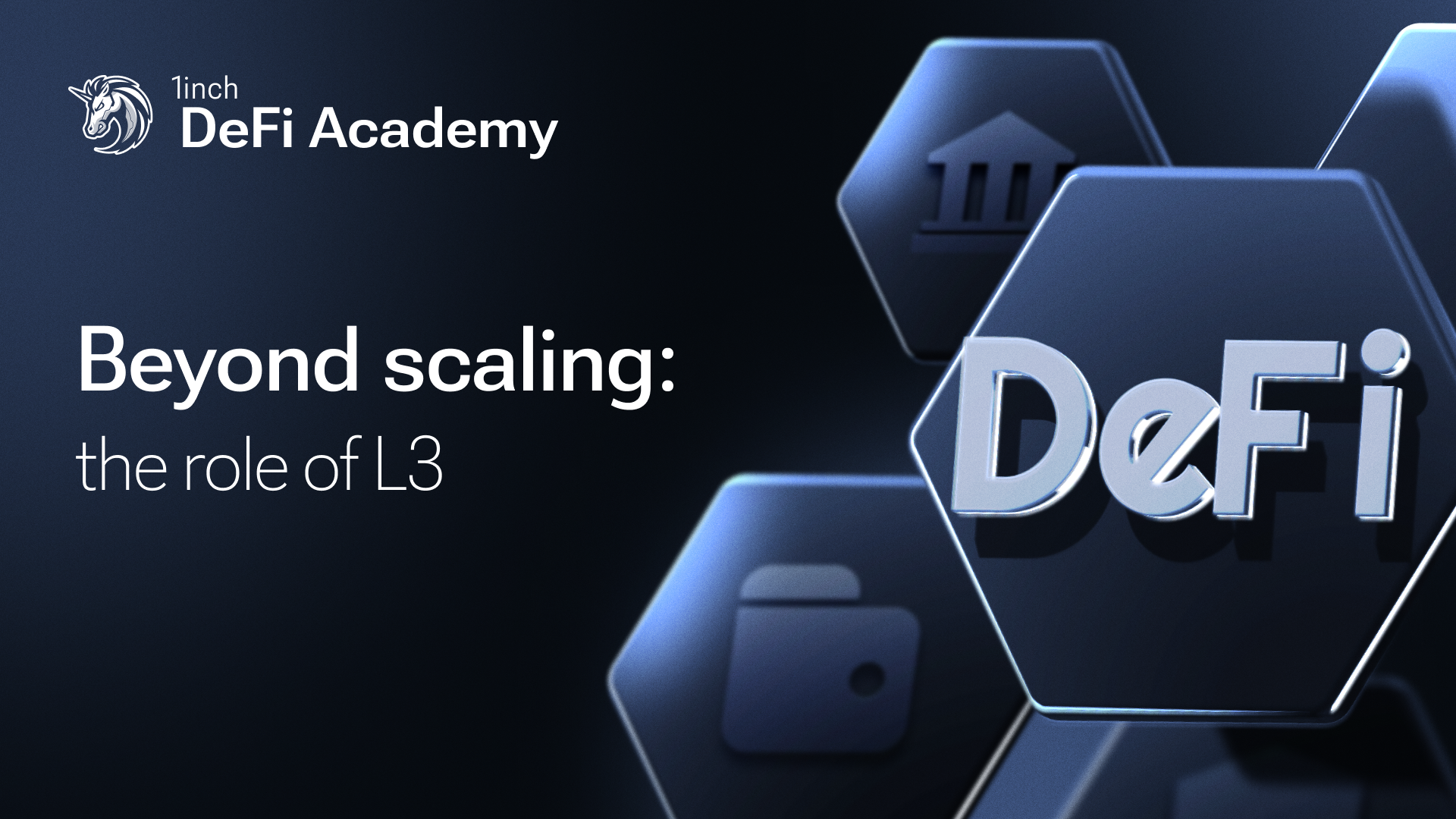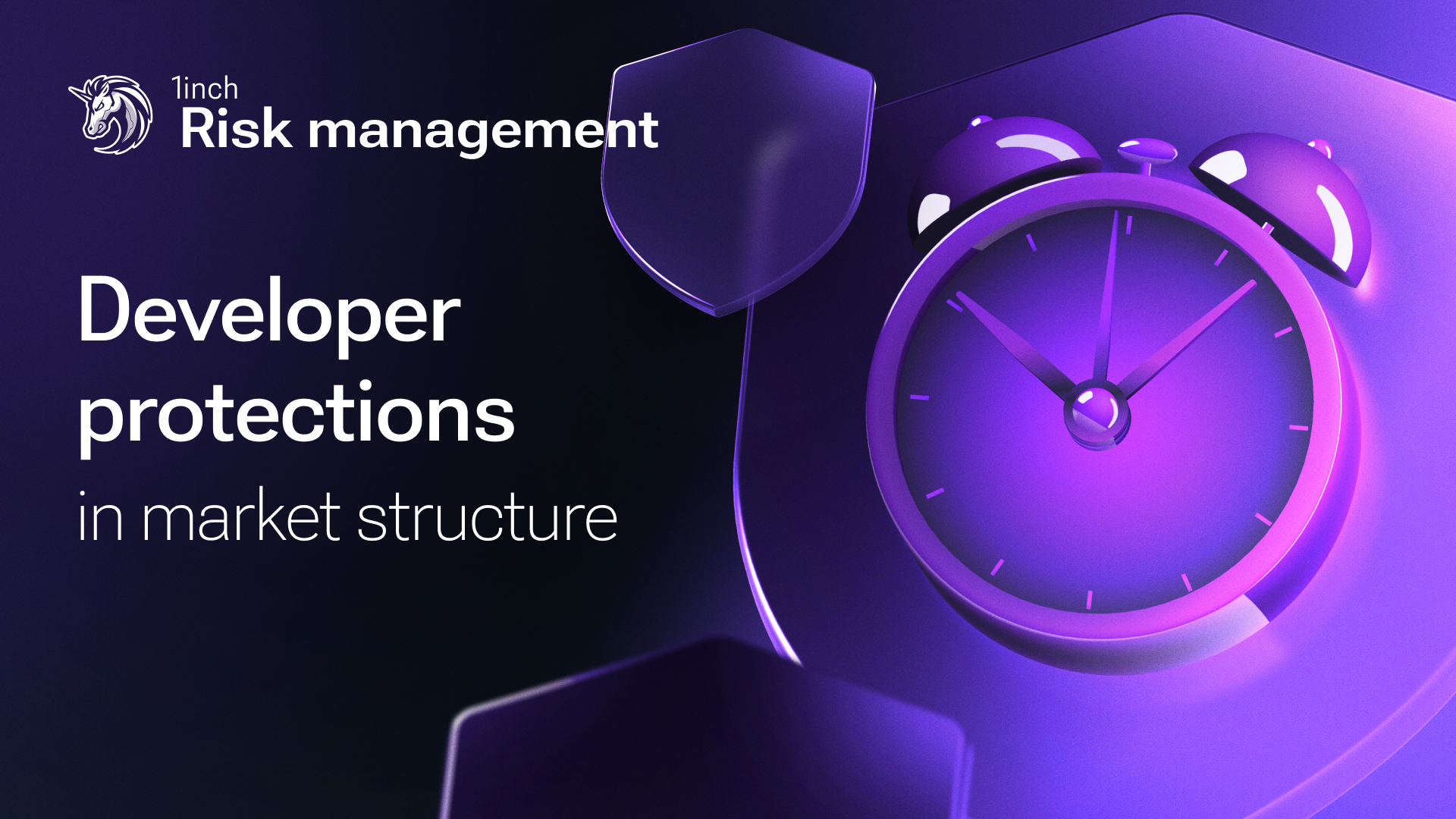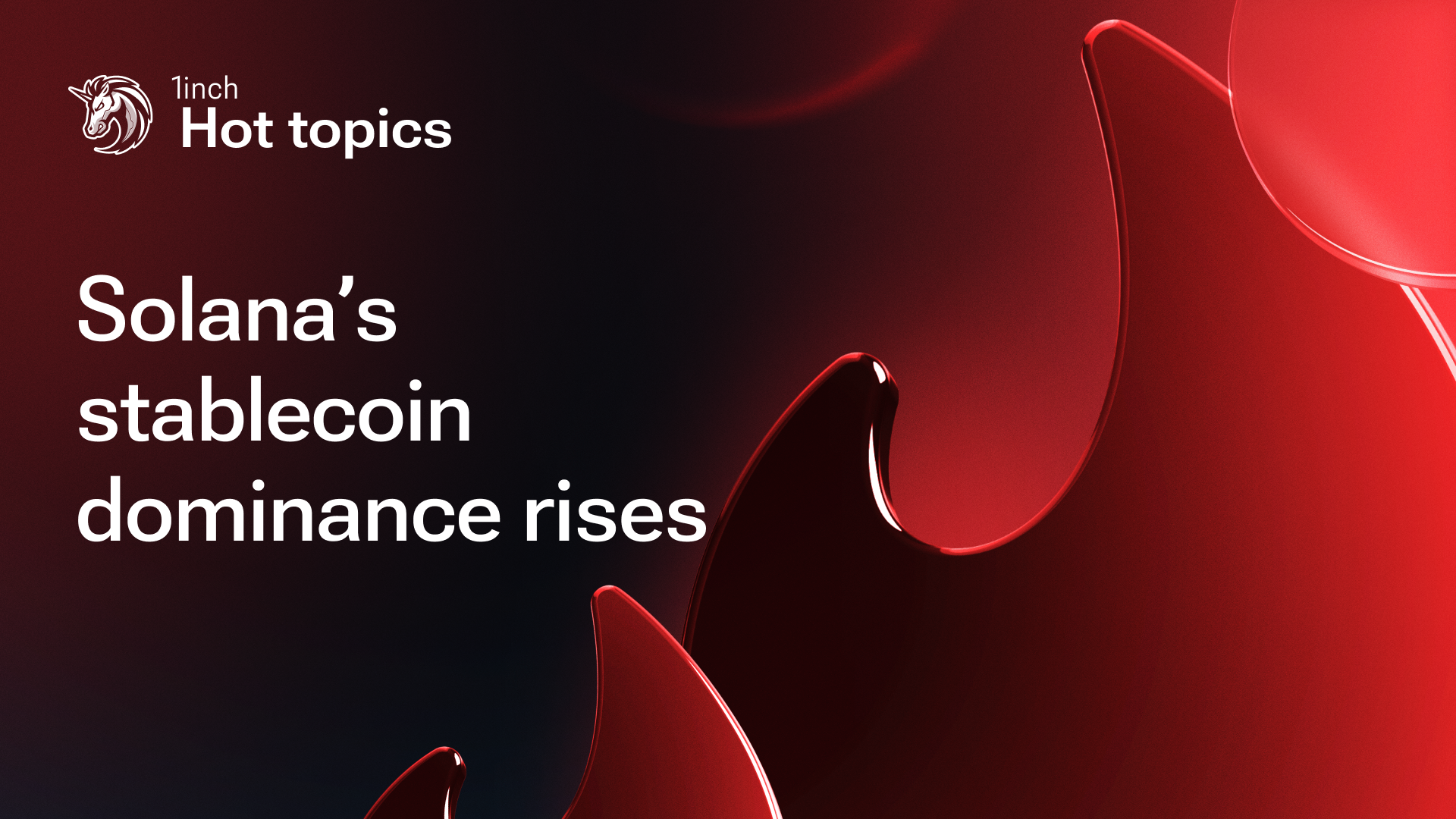What Layer 3 means for your blockchain experience

The rise of Layer 3 blockchains is unlocking new efficiencies and improving usability.
In blockchain, innovation isn't just about solving problems – it's about reimagining possibilities. Layer 3 (L3) blockchains offer a sophisticated evolution, and a nuanced approach to the persistent challenges of scalability and interoperability.
The layered blockchain ecosystem
The blockchain world is structured in layers, each with a distinct purpose. Layer 1 blockchains like Ethereum and Bitcoin provide the foundational security and consensus mechanisms, but often struggle with scalability. Layer 2 solutions emerged to address these limitations, processing transactions off-chain to reduce congestion and fees. Now, Layer 3 networks are pushing the boundaries even further.
What are L3 blockchains?
L3s operate on top of L2 solutions, enabling greater efficiency and customization. Unlike L2 networks, which focus on scaling transaction throughput for a specific blockchain, L3s provide specialized environments tailored to applications, offering enhanced interoperability, security and privacy. This additional layer increases the flexibility and usability of blockchain technology by enabling optimized execution models, dedicated infrastructure for specific dApps, and, in some cases, off-chain computation.
L2 vs. L3: key differences
While both L2 and L3 aim to improve blockchain performance, they do so in distinct ways:
- Layer 2 improves efficiency within a single blockchain by using rollups or state channels to process transactions off-chain before committing them to L1.
- Layer 3 solutions built on L2s, offer additional flexibility for application-specific environments while inheriting L2’s scalability and security. Though similar in structure to L2s, L3s focus on further customization, including interoperability, privacy and optimized execution for specific use cases.
L3 use cases
The impact of L3 solutions spans multiple industries. Decentralized exchanges benefit from faster, lower-cost trading experiences.GameFi platforms leverage L3s for low-latency, scalable infrastructure tailored to gaming needs. Real-world asset tokenization becomes more efficient, allowing the digital representation of physical assets. While adoption is still evolving, L3s are paving the way for specialized blockchain environments that enhance performance, scalability and security.
Advantages and challenges
L3 networks bring significant advantages, including customizable governance models, enhanced privacy features and improved interoperability. However, they're not without challenges. These networks must navigate security dependencies on lower layers, address potential validator centralization risks and overcome complex implementation requirements.
The future of blockchain tech
By breaking down barriers between different blockchain networks, L3s promise unprecedented scalability, true interoperability and tailored environments for diverse applications.
The blockchain technology journey is far from complete. But L3 networks are not just a technological upgrade – they're a fundamental transformation that helps to make blockchain tech more efficient and interconnected.
Stay tuned for upcoming 1inch DeFi Academy posts diving into the most exciting concepts and trends in DeFi!




























